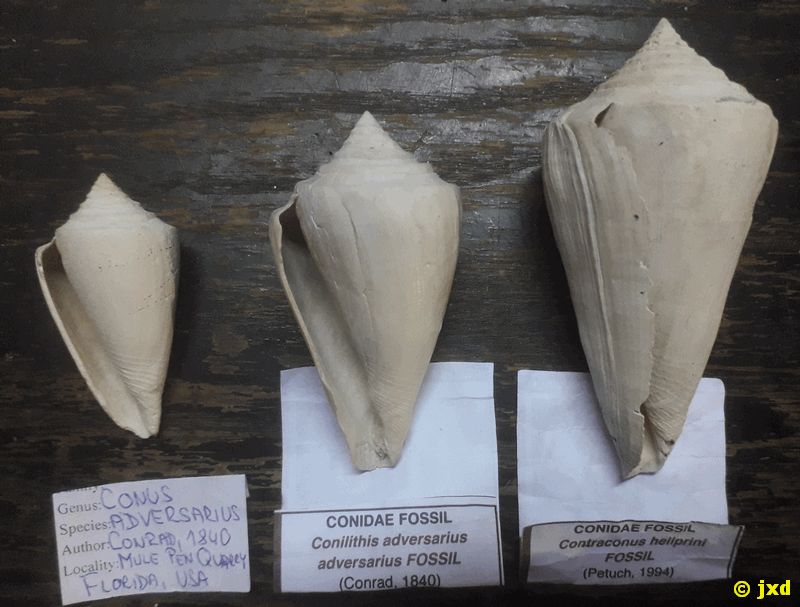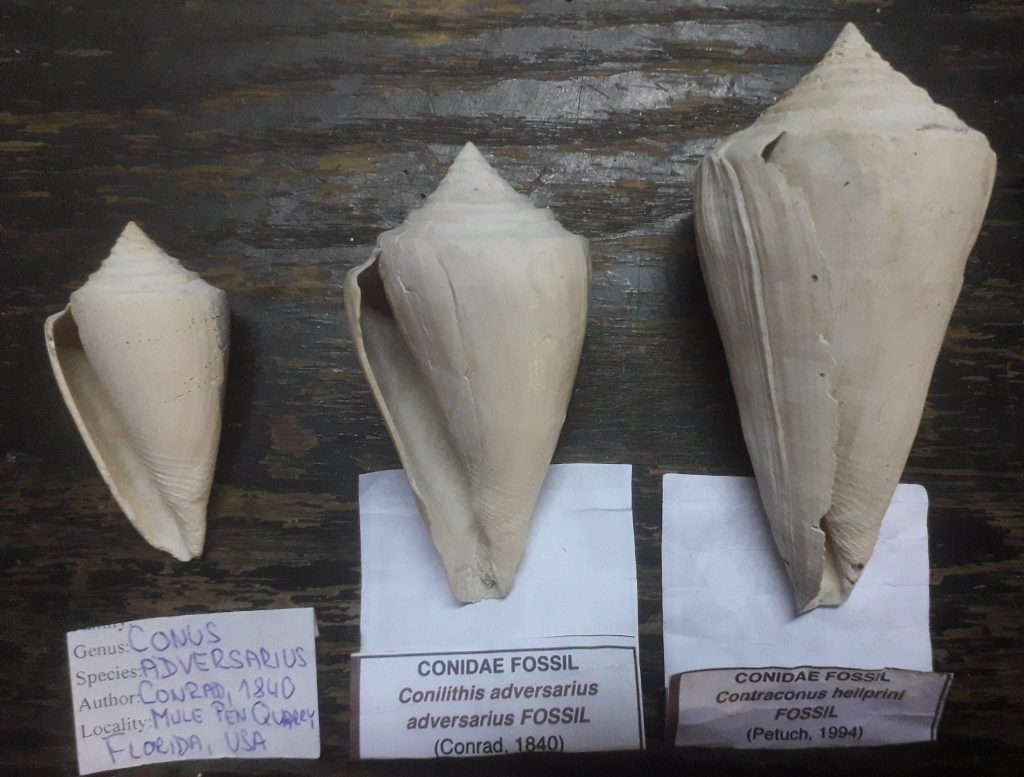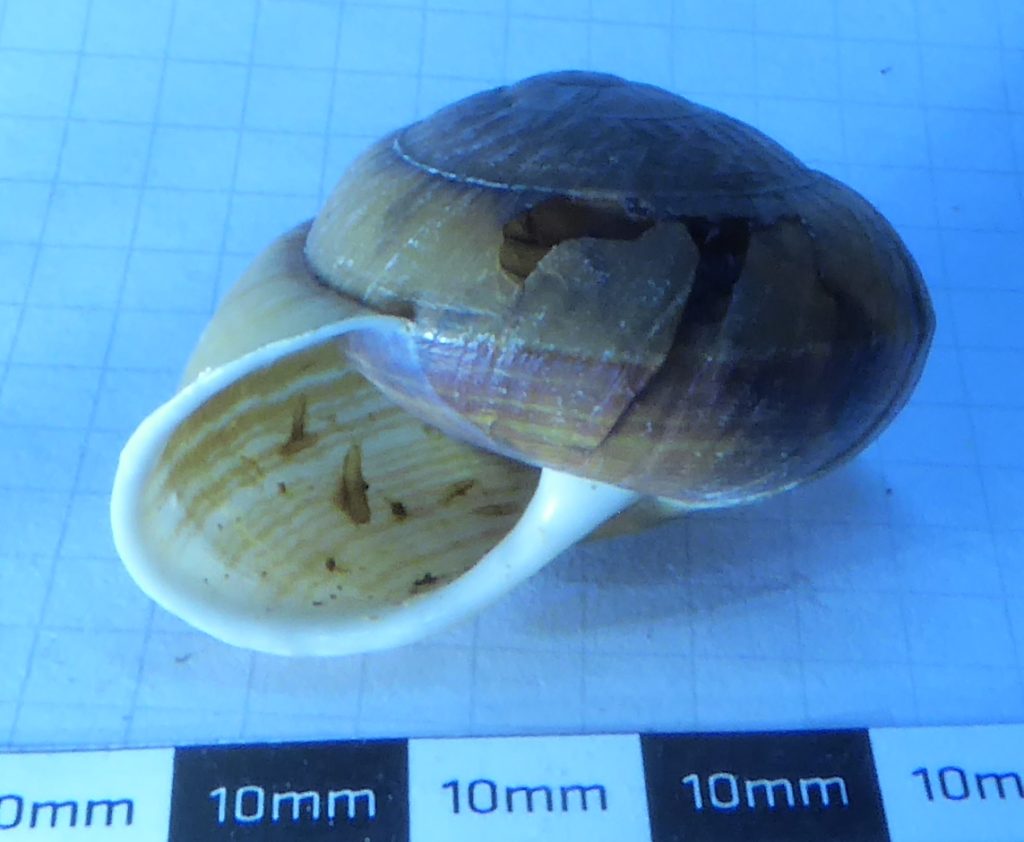Plžení jxd sleduje především monstrózně, unikátně levotočivé druhy. Sinistralita jako dominantní znak populace existuje u (dle docenta Davisona) cca 10 procent druhů plžů, ti jsou „od přírody“ levotočiví. Jsou přítomni v našich sbírkách, nezabývám se dosud chovem takových jedinců.

V takových taxonech je monstrum simplex – jedinečná zrůda – jedinec dextrální.
Jde například o čeleď závornatkovitých (Clausiliidae). 26 (!) druhů žijících v ČR je nativně sinistrálních, sinistrální druhy převažují globálně. Dále jsou nativně sinistrální dva druhy rodu vrkoč (Vertigo angustior a pusilla).
Nejznámější nativně sinistrální plži jsou plži rodu Amphidromus, kde u řady druhů nacházíme převažující sinistrální jedince, a u některých je sinistralita a dextralita v populaci 50 :50.
Sinistrality as a dominant feature of the population
occurs in a number of snail taxa, and is not the subject of our observation. In such taxa, on the other hand, the monster simplex is dextral. It is, for example, the family of Clausiliidae. 26 (!) Species living in the Czech Republic are natively sinistral, sinistral species predominate globally. Furthermore, two species of the genus braid (Vertigo angustior and pusilla) are natively sinistral.
The best-known natively sinistral snails are snails of the genus Amphidromus, where in a number of species we find predominant sinistral individuals, and in some the sinistrality and dextrality in the population is 50:50.




